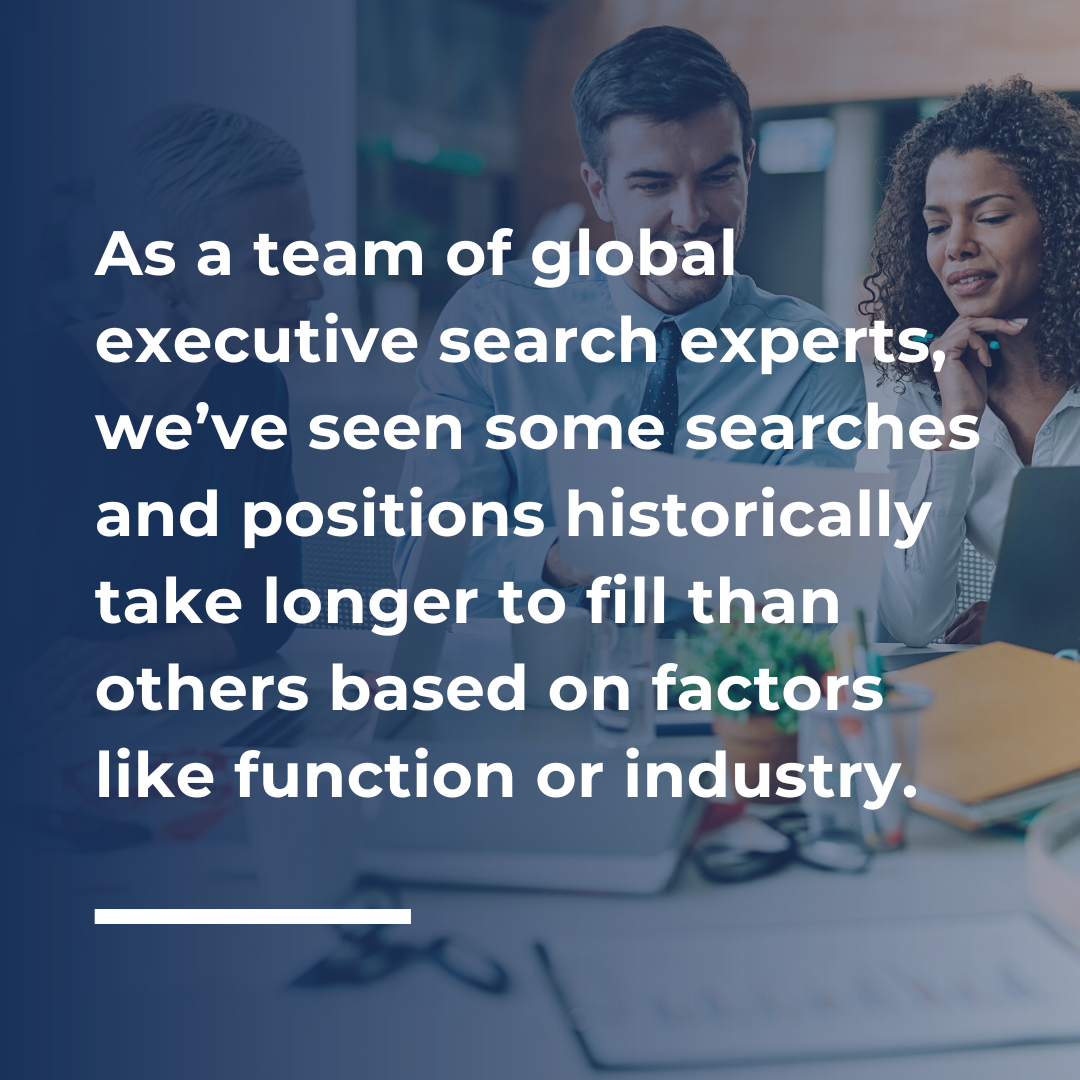In the competitive landscape of talent acquisition and executive-level hiring, having a well-curated strategic plan is crucial. With the year coming to a close, it becomes pivotal to map out an executive hiring and human capital strategy for 2024 to ensure sustained success, talent retention, and future growth. Let’s look into key areas to streamline your executive recruiting and leadership strategies for the upcoming year.
Build + Implement a Succession Plan
Looking back over the last several years, the talent landscape has witnessed unprecedented candidate mobility and significant recalibrations. As a significant number of boomers approach retirement, organizations face the challenge of replacing them. The market, increasingly filled with less experienced candidates, will make recruitment progressively more demanding. With growth hiring anticipated to slow in 2024, prioritizing succession planning and upskilling becomes central to developing a strategic internal roadmap. A comprehensive succession plan should include:
Identifying who is up for retirement and creating associated timelines.
Assessing whether internal team members possess the skills, qualities, and competencies for the senior roles that will be opening.
Exploring exceptional talent outside of the organization that is better suited to the role than internal candidates.
With hiring slowing down, companies will be able to focus on upskilling and promoting their existing talent to prepare them for future internal opportunities. This includes strategically investing in team members who have been selected for a succession plan in several ways, including:
Performance Enablement + Employee Re-Engagement
Communicating More Effectively + Intentionally
Establishing a proactive succession strategy and investing in current talent can bolster organizational retention rates, simplifying the plan’s rollout.
Re-envision Roles + Pivot for the Future
When planning and hiring at the executive level, there are a myriad of skills, experiences, and qualifications a successful candidate must demonstrate. However, with the exit or unexpected departure of a senior executive, companies and executive teams are presented with a new opportunity — the ability to reimagine the role itself. As we have seen in the past few years, businesses have pivoted based on market demands and newly emerging requirements. For example, a position you hired an executive for five years ago may need to be refreshed and adapted to better suit your needs and serve your stakeholders. By reimagining the responsibilities, vision, and competencies for the role, you will generate greater candidate interest among the leaders, innovators, and visionaries in your industry.

When planning to make a future executive hire, it’s important to re-evaluate and reflect on the following:
Is the role currently structured to support the strategic direction of the business and department?
What skills or strengths are lacking within the overall executive team and how can we close these skill gaps while adding value?
How can a new or fresh perspective be a culture add rather than just a culture fit?
Are we competitive with our current compensation plan?
Are there areas within the organization that should be more closely aligned? If so, how can adapting this role enable collaboration across departments?
An executive search partner can guide you through the above and support in adjusting the scope or title of the role to align with your company’s future growth plans. Your executive search partner can also craft a complete competency framework ensuring all leadership criteria align with SMART goals.
Strategize Your Executive Hiring Timeline

When planning your executive hiring strategy, you will need to account for the time it will take to find, interview, and onboard specific C-Level team members. As a team of global executive search experts, we’ve seen some searches and positions historically take longer to fill than others based on factors like function or industry. For example, hiring a Chief Technology Officer (CTO) may take longer than say a Chief Financial Officer (CFO). While the difference in time does not impact the quality of your executive hire, it does influence when you should start your search. While both searches can happen simultaneously once they have begun, you will need to prioritize the CTO search on your timeline and begin discussions around that role sooner.
Harness Executive Search + Interim Solution Partners
After evaluating your internal team and establishing a timeline and priorities for executive hiring and succession planning, you should consider partnering with an experienced executive search firm. Firms like McDermott + Bull are transformative in our expertise, identifying leaders who not only meet job requirements but also deeply resonate with an organization’s culture, long-term aspirations, and evolving strategic plans. This extends beyond just sourcing talent – we take a consultative approach allowing us to be your strategic partner in talent mapping, including driving succession planning, discovering opportunities for leadership development, and providing interim solutions throughout implementation.
While internal HR teams play a foundational role in talent acquisition and retention, the right external partners can introduce a fresh perspective, backed by a broader network and specialized expertise in niche areas. By integrating the strengths of both internal capabilities and external executive search expertise, you can craft a comprehensive, future-thinking succession plan that stands resilient in the face of dynamic industry shifts.
In the year ahead, there is an immense opportunity for companies to strategically plan for succession, prioritize executive hiring, and enhance existing team members’ skills for internal growth. For further insights into crafting a succession plan or mapping out your executive hiring plan for the upcoming year, we welcome you to connect with us.

Jason Levi Pinegar
Partner
pinegar@mbexec.com
o: 949.930.0563
m: 702.666.2458
Jason specializes in strategic executive talent acquisition and organizational leadership design and co-leads the firm’s Consumer, Industrial, and Sustainability/ESG practices. He supports a variety of clientele across venture capital, private equity, public, founder-led, and family-owned businesses. He brings expertise in management consulting with a unique focus in Leadership + Managing Organizational Change (MBA), coupled with valuable experience in organizational psychology, leadership assessment + development, and succession planning (MA-PPE, BA). Jason also serves as a Chair Member for the firm’s Lean Six Sigma, Corporate Social Responsibility (CSR), and Diversity, Equity, Inclusion, and Belonging (DEIB) committees.


